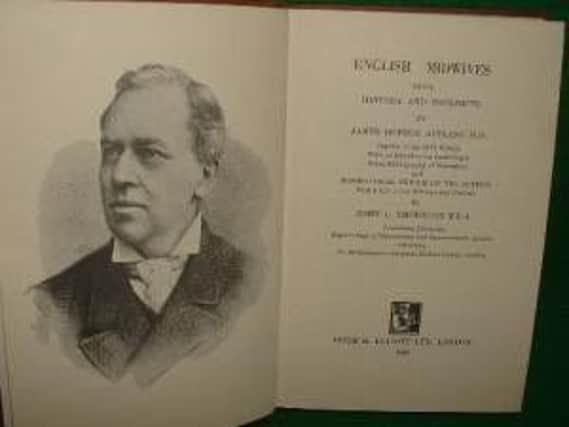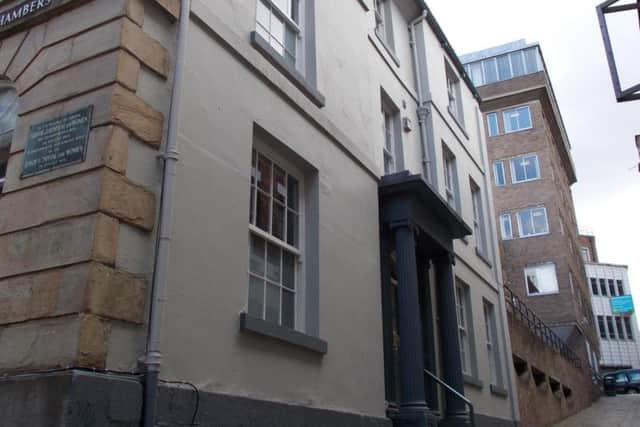Sheffield Victorian doctor who pioneered women's healthcare


Mark Walker of Coal Aston has written the following article:
Sheffield has a very good claim to being the birthplace of modern professional midwifery.


Advertisement
Hide AdAdvertisement
Hide AdAn important figure in the development of midwifery as a profession was the Victorian doctor James Hobson Aveling, who lived in the city for a number of years.
Aveling was born in Cambridgeshire in 1828, and was the son of an agricultural worker. He went on to study medicine at Aberdeen, and moved to Sheffield soon after his graduation in 1856.
His medical profession meant he was frequently required to attend pregnant women.
Sheffield was growing rapidly at the time; a population of 130,000 in 1841 grew to nearly 220,000 in 1861.
Advertisement
Hide AdAdvertisement
Hide AdHowever, medical provision was poor, and especially so for women.
Women were plagued with frequent, and often unwished for, pregnancies. Some men were unsympathetic; considering the suffering women experienced during childbirth as being justified– women had committed the original sin.
While in Sheffield, Aveling quickly developed an interest in women’s health.
He lectured on midwifery at the Sheffield School of Medicine. He began requesting donations for a dedicated Women’s Hospital in the city.
Advertisement
Hide AdAdvertisement
Hide AdThis opened on June 29, 1864 on Figtree Lane. Initially this had a grand total of six beds. 99 patients were treated within the first six months of it opening.
It being evident that demand was outstripping supply, a further three extra beds were added in 1865.
Later, Aveling moved to London and lobbied for midwifery to become established as a profession requiring proper training and examination.
Along with others, he went on to establish the Obstetric Society of London in 1858.
Advertisement
Hide AdAdvertisement
Hide AdThis introduced a diploma in midwifery in 1872 and encouraged training.
At the time those helping at childbirth were simply family friends or old women relying on their own personal experiences.
Aveling also wrote the book English Midwives: their history and prospects in 1872, in which he advocated proper training for midwives.
Even if at least a start, the hospital on Figtree Lane was obviously inadequate. Thomas Jessop, the local steel magnate donated money for the building of what became the former Jessop’s Women’s Hospital.
Advertisement
Hide AdAdvertisement
Hide AdThe original Sheffield Women’s Hospital on Figtree Lane is now apartments. A plaque recalls the building’s former use.
James Hobson Aveling is mostly forgotten, despite his vital role as the ‘first midwife’.